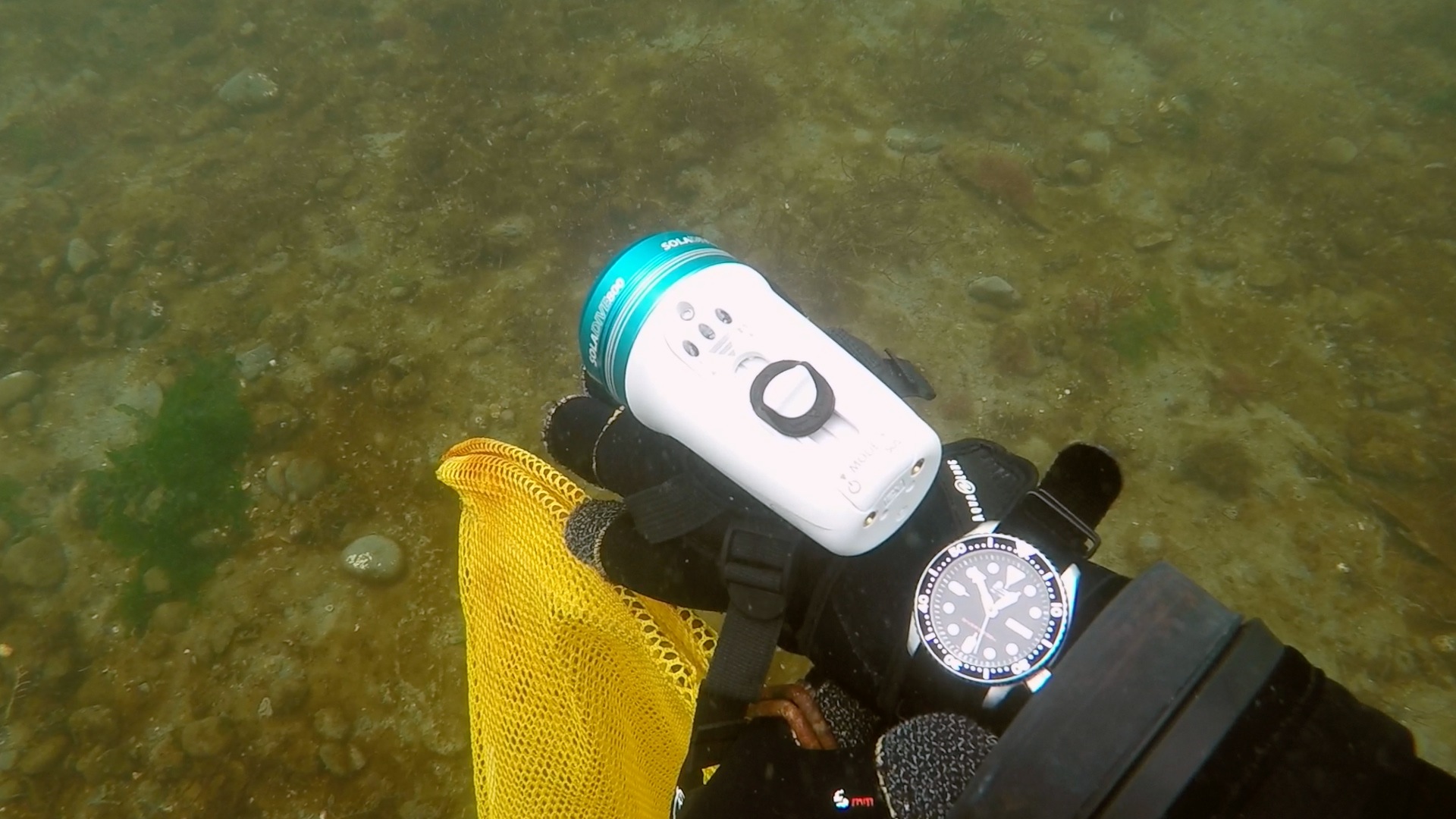
Every basic open water course that I'm aware of still teaches the use of the dive tables. Students are given dive times, max depths, and surface intervals and required to figure out residual nitrogen and max bottom times for the next dive. This can be the most difficult section of the academic training for many students.
However, at least at the shops I have experience with, they never really put this knowledge into practice. The majority of rental regulator setups now come with dive computers attached, which nicely figure all of that out for you. Students use the computer to monitor remaining time while underwater. On the surface the planning function of the computer is used to figure out max depths and times for the next dive.
There's no doubt that computers offer many, many advantages over diving the tables. The tables assume a square dive profile, where the deepest depth you reach is assumed to be the depth the whole dive took place at. A computer knows better, monitoring your depth in real time and estimating nitrogen absorption from that information. This gives you a significantly increased no-decompression time limit on the majority of dive profiles.
So, everybody dives a dive computer these days right? Well, yes, pretty much. The only guys I know that don't use computers tend to be commercial divers, who descend to a specific depth to do a job and then directly ascend once that job is done. The tables (if they pay attention to them at all) are more than good enough for that duty.
Many divers still wear an analog dive watch though. It seems to be about 50% from what I've seen. The dive watch acts as both a backup to the computer in case of a failure (rare, but does happen) and as a piece of jewelry.
Personally, I enjoy wearing mine while diving as it's easier to glance at than my computer to get the current time. My dive computer always shows the current bottom time and no-decompression time remaining, but if I just want to know what time it is I have to push a button.
The computer I use is also mounted to my console, which can take a moment to fish out and look at. So monitoring bottom time using the rotating timing bezel on the dive watch is also slightly easier than checking the computer. A wrist mounted dive computer wouldn't have this issue though.
But the main reason someone, especially a new diver, might want a dive watch?
Budget constraints. Dive gear is expensive, and dive computers are one of the priciest individual pieces of equipment. Most divers slowly build up their personal equipment, buying gear as they can, renting what they don't have yet. Depending on the type of diving they're doing, an inexpensive dive watch could save them from having to rent a computer.
As a piece of jewelry that is worn by many non-divers, dive watches can also be expensive. There's models on the market that cost more than the average yearly salary. But a functional and stylish watch can be bought for as low as $40. I've put together a useful list of the best dive watches (that cost much less than a computer) on my watch focused blog.
So are dive watches still necessary in this age of computers? No. But they definitely shouldn't be called unnecessary either.



Load more comments